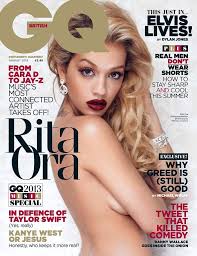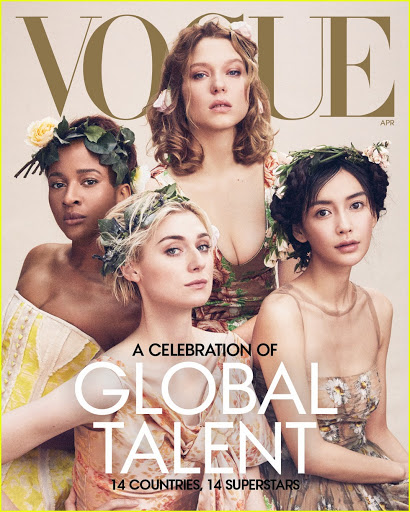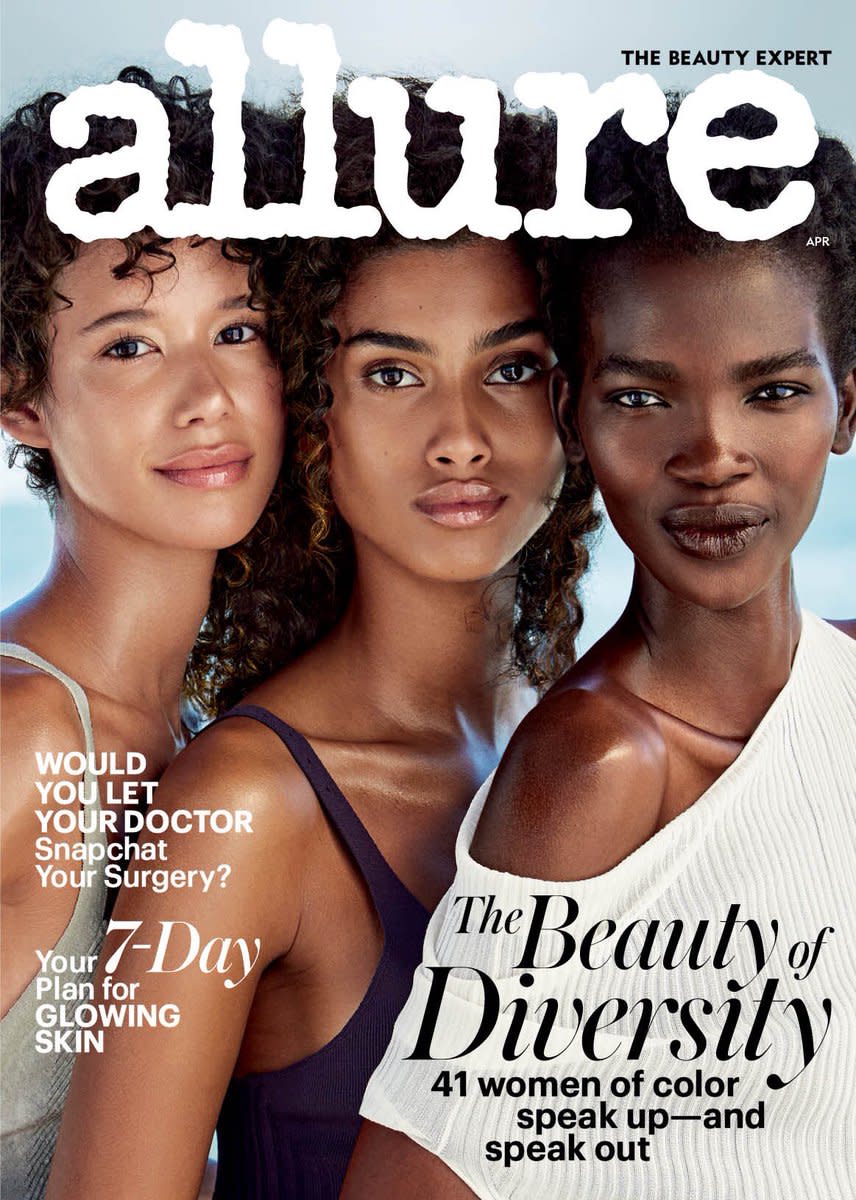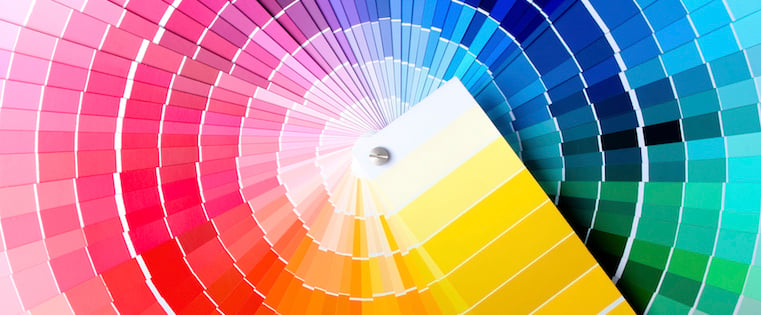
A study at the University of Michigan shatters some myths. The results were announced today. Women have a reputation for gossiping and talking, yet the study found the reputation is undeserved. The study, which required researchers to observe a number of people at work, found that women work both longer and harder than men—that men spend more time goofing off on the job. The study found that the average employed man spends 52 minutes, or 11 percent of each working day, not working: in scheduled coffee breaks, unscheduled rest breaks, at lunch beyond the normal hour and so forth. The average working woman spends only 35 minutes, or 8 percent of her working day, in such scheduled and unscheduled rest breaks. The same study found that the amount of effort expended by women at work is 112 percent that of men. The discrepancy is more dramatic than the statistics indicate because men earn more than women for the same type of work. The average man in the study earned $13 an hour, compared to 9.34 for the average woman. The women tended to hold mainly clerical jobs, but those in managerial positions also outperformed their male counterparts.


































